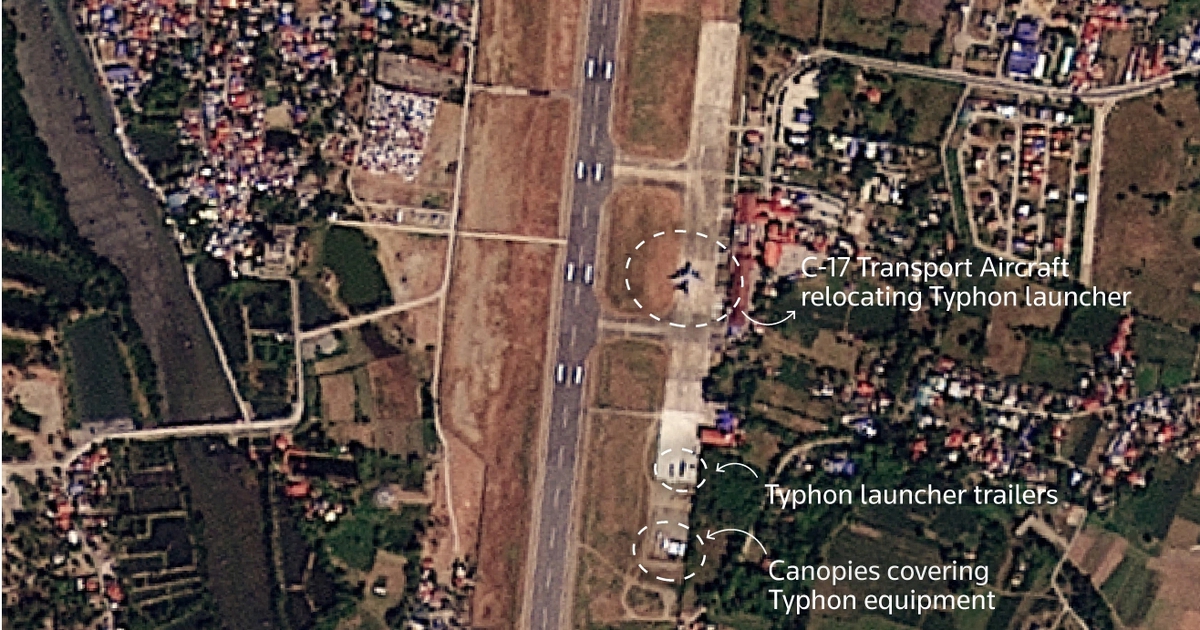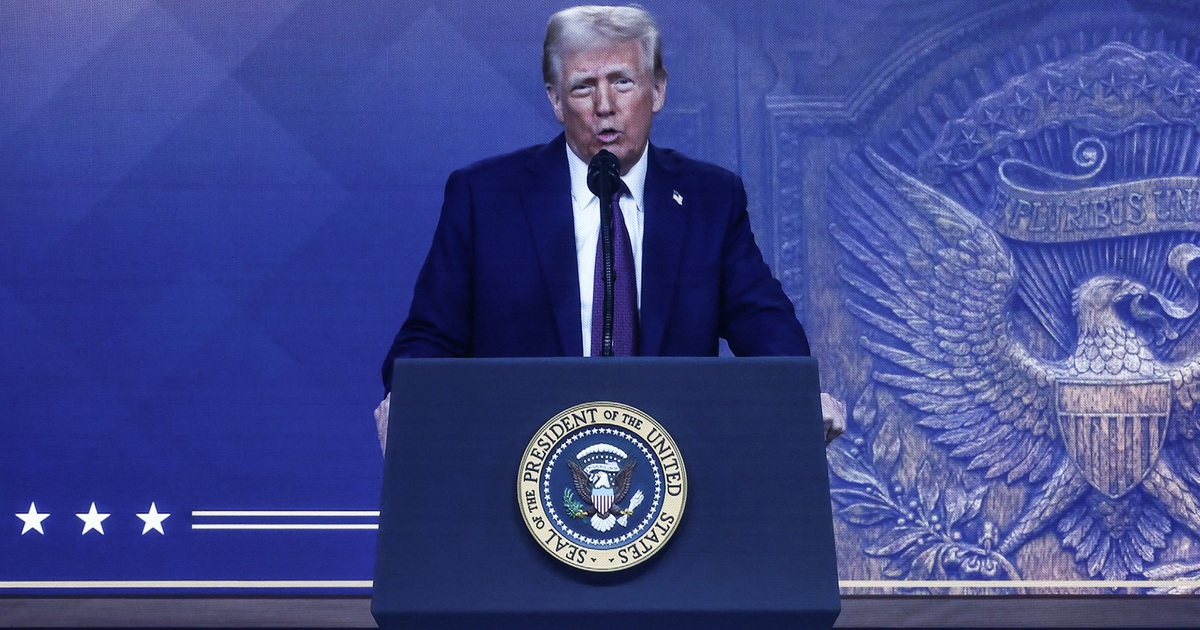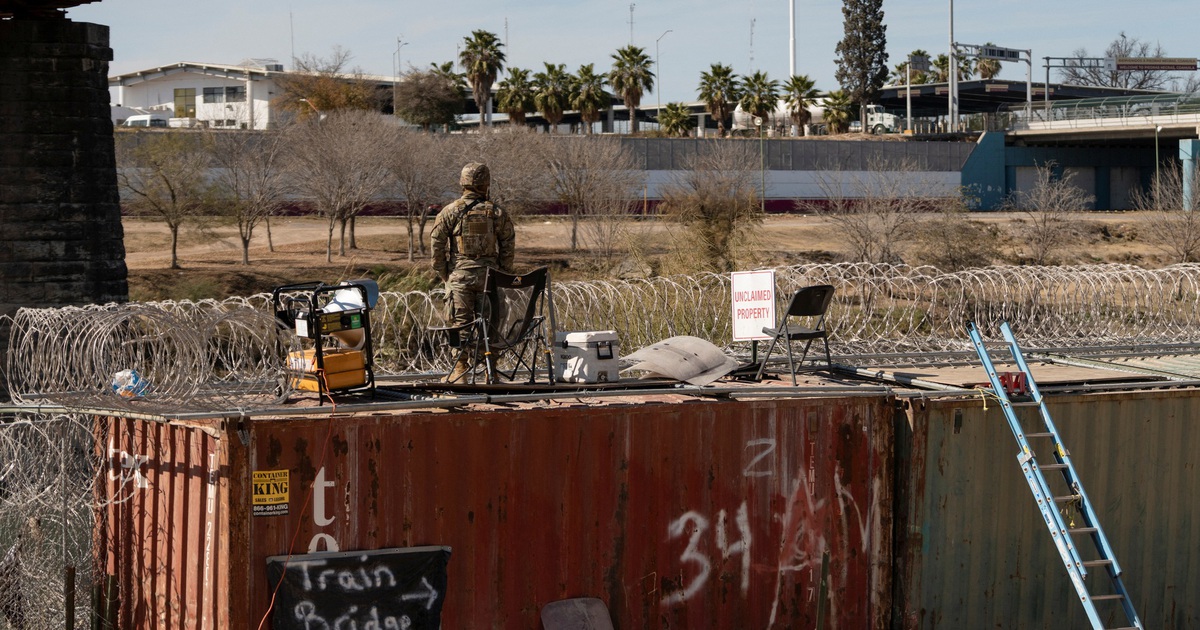According to Reuters on January 23, citing a source in the Philippine government, the redeployment of Typhon launchers will help determine the location and speed of movement of the missile complex to the new firing position. That mobility is considered a way to help the above weapon systems have greater survivability in conflict.
Satellite image dated December 30, 2024 at Laoag International Airport (Philippines) shows that the Typhon system canopy is still in place
Mr. Jeffrey Lewis of the Middlebury Institute of International Studies (Monterey, USA) evaluated satellite images showing Typhon’s batteries and related equipment being loaded onto a C-17 transport plane at Laoag international airport in recent weeks. Satellite images show that the roofs covering the Typhon equipment have also been removed.

Satellite image dated January 8, 2025 at Laoag International Airport (Philippines) shows that the roof of the Typhon system has disappeared
US Indo-Pacific Command (INDOPACOM), which oversees US forces in the region, confirmed to Reuters that Typhon had been “relocated within Philippine territory”. Both INDOPACOM and the Philippine government declined to provide specific locations to which the batteries were moved.
“The US government has coordinated closely with the Philippine government on all aspects of Typhon’s deployment, including location,” said INDOPACOM Commander Matthew Comer. He added that the relocation does not mean the batteries will be permanently located in the Philippines.
The Typhon system is part of a US campaign to stockpile a variety of anti-ship weapons in Asia, Reuters said. The US has deployed the Typhon medium-range missile system to the northern Philippines since early 2024 to serve joint exercises with its allies. However, after the exercises ended, the system was still located in the Philippines, despite China’s objections.
Philippines accuses China of sending ‘monster’ ships to the East Sea
China’s Foreign Ministry on January 23 accused the Philippines of causing tension and confrontation in the region. “The deployment is also an extremely irresponsible choice for the people at home and many Southeast Asian countries, as well as for regional security,” said Chinese Foreign Ministry spokesman Mao Ning. learned at a regular press conference.







